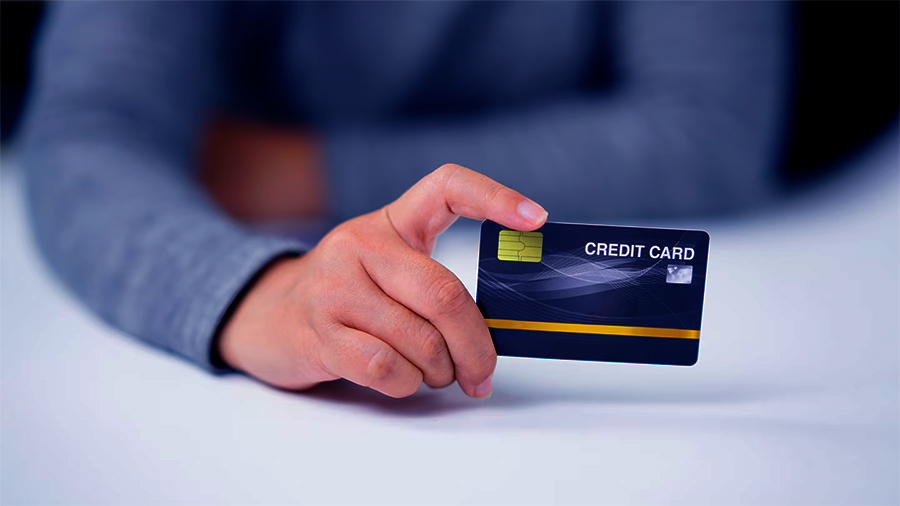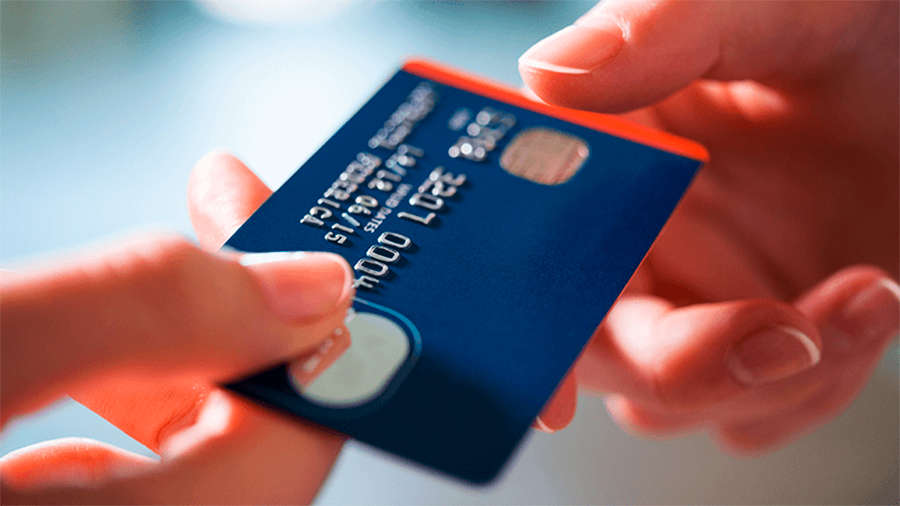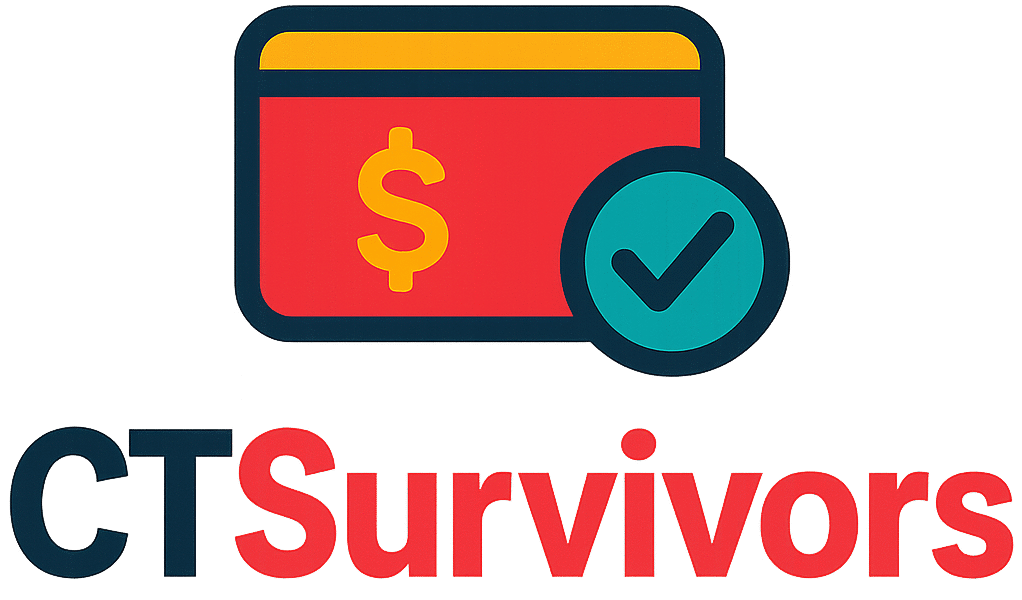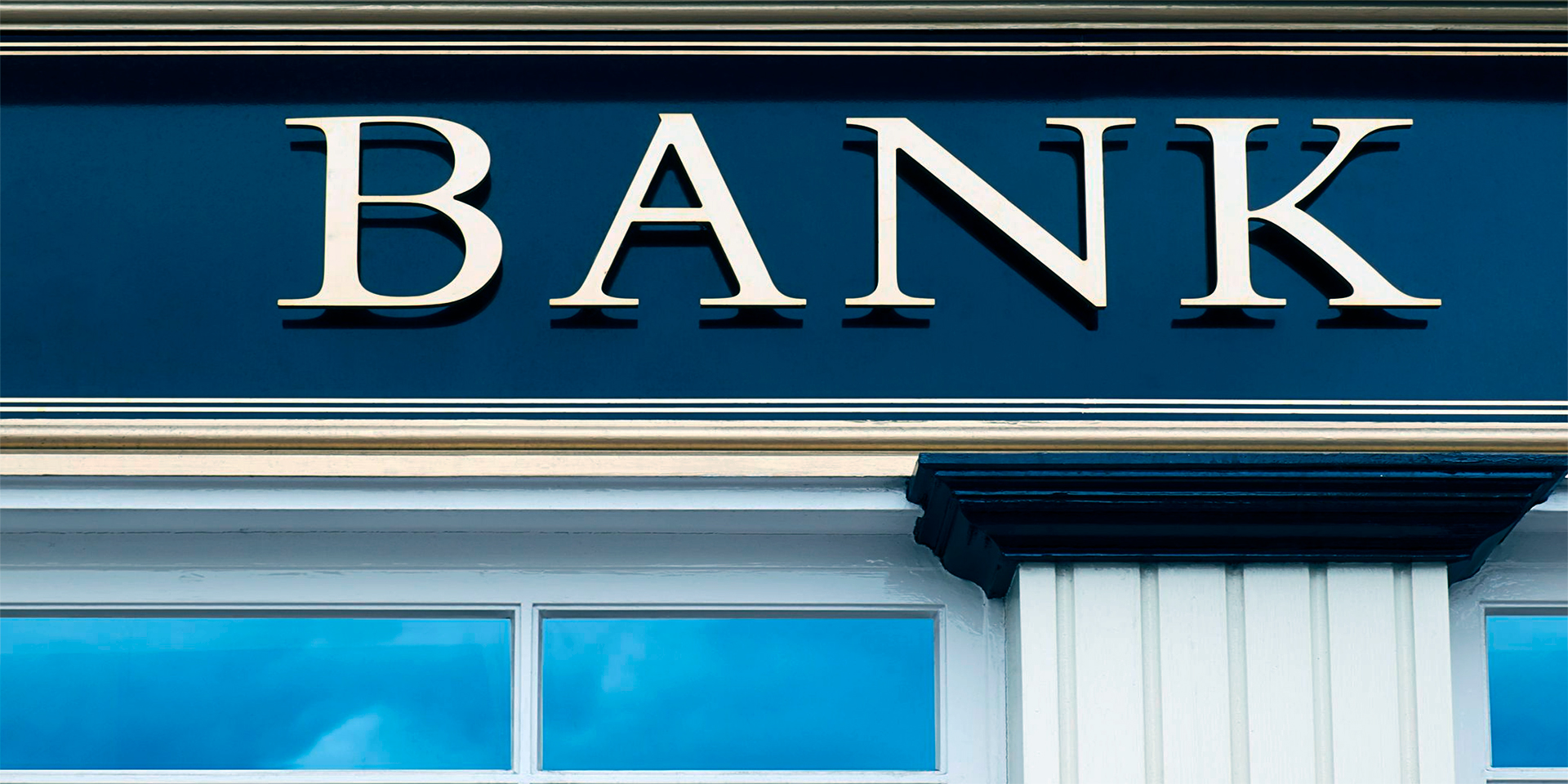Life doesn’t always move in a straight line — and neither should your finances. That’s where credit lines and revolving loans come in. Unlike traditional loans, which you take once and pay off over time, revolving credit is there when you need it and quiet when you don’t. Think of it as financial breathing room — something that helps you cover the in-between moments, from unexpected expenses to timing mismatches in your income and spending.
While many people think of credit cards when they hear the term “revolving loan,” there’s more to this tool than just plastic. Credit lines are becoming increasingly popular among individuals and small business owners who need flexibility but don’t want to commit to a full loan they might not use. So how do these tools really work — and when do they make sense?
How Credit Lines Work: A Simple Breakdown
A credit line is a preset amount of money a lender agrees to make available to you. You don’t receive the whole amount up front. Instead, you draw from it only when necessary. Let’s say you’re approved for a $10,000 line. You might use $2,000 in April, pay back $1,500 in May, then use another $1,000 in June. As long as you stay under your limit, and make your minimum payments, the line stays open and usable.
Unlike installment loans, which have a fixed payment schedule and term, revolving loans don’t have a clear end date. You’re charged interest only on the amount you borrow, and your available credit replenishes as you repay. That’s where the name “revolving” comes from — it’s credit that keeps turning over.
Why They’re Useful in Everyday Life
Here’s the thing: not everyone needs a lump sum of cash. Sometimes you just need a bit of flexibility — a buffer to handle a month when expenses are higher than usual or income is slower to arrive. That’s where credit lines shine.
Let’s say you’re a freelancer and your income comes in irregular waves. You might get paid $5,000 one month and $1,200 the next. A revolving credit line helps smooth out those dips. Instead of struggling during the low month or borrowing from friends, you tap into your line to cover rent, bills, or essentials. Then, when your next payment comes in, you pay down the balance.
For salaried workers, these lines often act as safety nets. Need to fix your car before payday? Need to cover a medical co-pay? Instead of missing payments or falling behind, you use your credit line, then repay it over the next few weeks. It’s not about excess — it’s about timing.

Who Should Use a Revolving Credit Line?
This kind of financing isn’t for everyone. But it fits particularly well for:
- People with variable income — freelancers, gig workers, consultants, seasonal workers.
- Small business owners — who need working capital to bridge gaps between invoices and payments.
- Planners — who want to have a backup plan for emergencies, travel, or large purchases they’ll pay off soon.
However, it requires discipline. Because the money is always available, it can be tempting to dip into the line for non-essential spending. That’s where people get into trouble — not with the structure of the loan, but with how they use it.
The Difference Between Credit Lines and Credit Cards
It’s true — credit cards are a form of revolving credit. But they’re not quite the same as standalone credit lines. Here’s how they differ:
- Credit cards are typically unsecured, meaning they don’t require collateral. They often have higher interest rates, reward systems, and promotional offers, but they also tend to encourage more spontaneous spending.
- Credit lines (especially from banks or credit unions) might be secured or unsecured. They’re often attached to your checking account or offered as home equity lines (HELOCs). Interest rates are usually lower, and they feel more like a loan than a spending tool.
For those who already carry credit card balances, switching to a lower-rate credit line can help consolidate debt and reduce interest costs — as long as they avoid racking up new balances.
Understanding the Costs: Interest, Fees, and Traps
Credit lines aren’t free — and understanding the costs is key. Most lines charge interest only on the amount you borrow. For example, if your interest rate is 12% annually and you borrow $1,000 for one month, you’ll pay roughly $10 in interest. If you repay within the same billing cycle, some lenders won’t charge you anything. That flexibility is what makes credit lines appealing.
However, there are a few things to watch out for:
- Annual fees — Some lines come with a yearly charge just for keeping the account open, even if you don’t use it.
- Minimum draw requirements — Some lenders require you to use a certain amount to keep the account active.
- Rate changes — Many credit lines have variable interest rates that change with market conditions. A 10% rate this year might become 13% next year.
Using a credit line responsibly means knowing your limits, tracking what you borrow, and avoiding interest charges by paying it down quickly when possible.

Are Revolving Loans Better Than Personal Loans?
That depends on what you need. Personal loans are great for one-time, large expenses — a wedding, a big purchase, debt consolidation. You get the full amount up front, agree to fixed payments, and pay it down over time. That structure is ideal for people who want clarity and predictability.
But if your needs are unpredictable or small — covering childcare costs during a tough month, or buying equipment as needed — a revolving credit line offers more control. You borrow only what you need, and you’re not stuck with unnecessary debt just because you took a bigger loan than necessary.
The key isn’t whether one is better than the other. It’s about matching your borrowing behavior to the right tool. A hammer isn’t better than a screwdriver — they just do different things.
Signs You Might Be Misusing a Credit Line
Like any financial product, misuse is more common than people realize. Here are a few red flags:
- You’re borrowing every month and only paying minimums.
- You’re using credit for groceries, gas, or recurring bills without a plan to repay.
- Your total outstanding balance keeps growing.
- You feel anxious about checking your credit account.
Used right, a revolving credit line is a flexible friend. Used wrong, it becomes an expensive cycle — like quicksand that’s hard to climb out of. Awareness is the difference.
Final Thoughts
Credit lines and revolving loans aren’t flashy — but they’re quietly powerful. They give you room to breathe, space to plan, and confidence to move through life without panicking every time something unexpected happens. Whether it’s smoothing out a patchy income, helping in an emergency, or simply making sure you don’t miss a bill, this kind of credit offers everyday support in a way lump-sum loans can’t.
Just like any tool, it’s all about how you use it. With planning, discipline, and awareness of the costs, a credit line can be one of the most useful — and underrated — parts of your financial toolkit.



